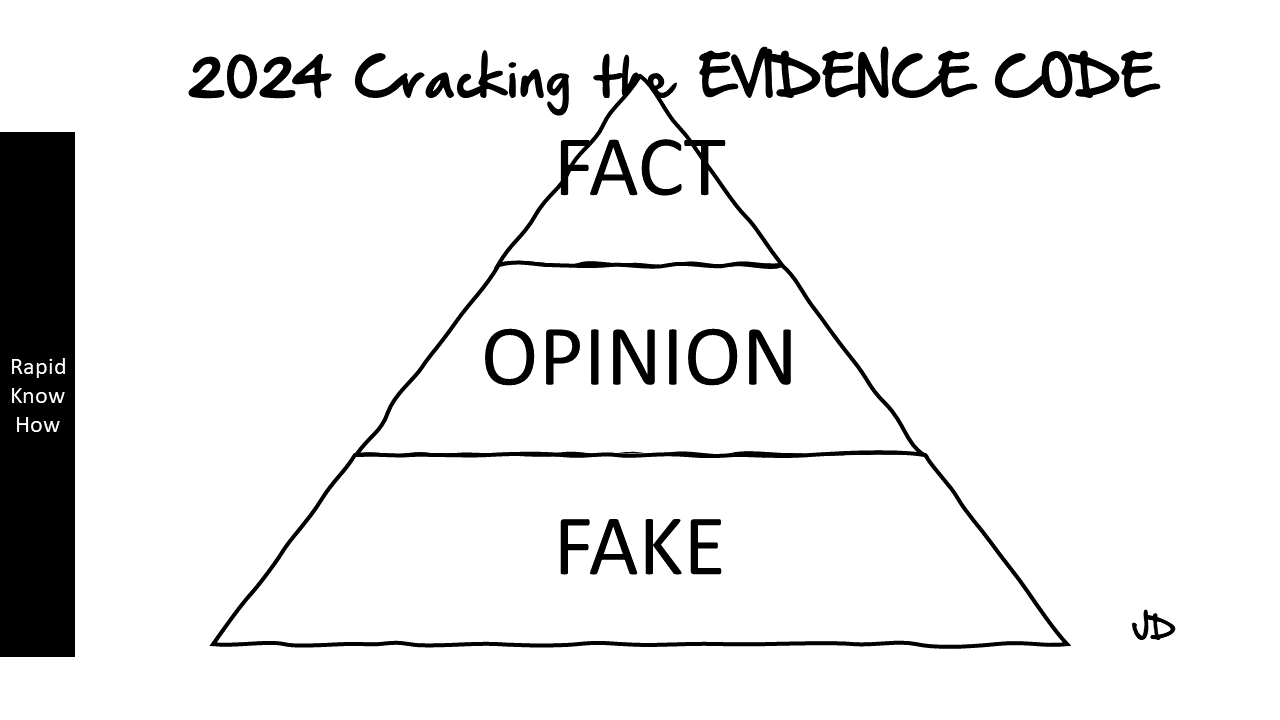FACT, FAKE, and OPINION are three distinct categories that play a significant role in shaping our understanding of the world. Here is a critical evaluation of their differences:
1. Definition and Verifiability:
Facts are objective statements that can be proven or verified through evidence, data, or reliable sources. They are based on observable and measurable information. For example, “Water boils at 100 degrees Celsius at sea level” is a fact that can be tested and confirmed.
Fake information, on the other hand, refers to deliberately false or misleading statements that are presented as facts. Fake information is often created to deceive or manipulate others. It lacks evidence, reliable sources, or any basis in reality. Examples of fake information include conspiracy theories or fabricated news stories.
Opinions, in contrast, are subjective statements that reflect personal beliefs, feelings, or judgments. They are not verifiable in the same way as facts. Opinions are based on individual perspectives, experiences, and values. For example, “I believe chocolate ice cream is the best flavor” is an opinion that cannot be objectively proven or disproven.
2. Objectivity and Subjectivity:
Facts are objective and independent of personal opinions or biases. They are consistent and do not change regardless of individual perspectives.
Fake information, however, is often created to serve a particular agenda or viewpoint, making it subjective and biased.
Opinions, by their nature, are subjective and influenced by personal context, experiences, and perspectives. They can vary widely from person to person and are not universally applicable.
3. Presentation and Context:
Facts are typically presented as statements that can be objectively evaluated. They are supported by evidence, research, and expert consensus.
Fake information, on the other hand, may be presented as facts but lacks credible sources or evidence to support its claims.
Opinions are often expressed through subjective language, such as “I believe,” “I think,” or “In my opinion.” They are influenced by personal context and can be shaped by emotions, values, or biases.
4. Consensus and Reliability:
Facts are generally agreed upon by experts or supported by a majority of evidence. They are reliable and can be used as a basis for decision-making or understanding the world.
Fake information lacks consensus, reliable sources, or evidence, making it unreliable and potentially harmful if believed or spread.
Opinions can vary widely, and there may not be a consensus among individuals. They are subjective and should be evaluated based on the credibility and expertise of the person expressing them.
In conclusion, understanding the differences between facts, fake information, and opinions is crucial for critical thinking and effective communication.
Facts are objective and verifiable, while fake information is deliberately false or misleading. Opinions are subjective and based on personal beliefs and perspectives. By critically evaluating information and sources, we can navigate through the complexities of these categories and make informed decisions.
